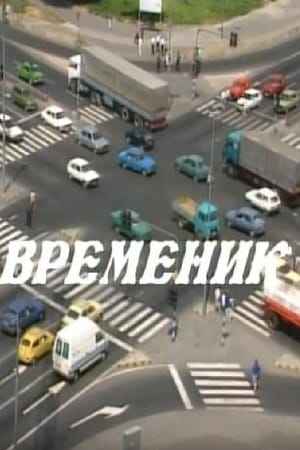

The Birds Are Coming(1956)
A short film that contains short clips of the fishing method.
Movie: The Birds Are Coming

Птиците доаѓаaт
HomePage
Overview
A short film that contains short clips of the fishing method.
Release Date
1956-11-10
Average
0
Rating:
0.0 startsTagline
Genres
Languages:
Keywords
Similar Movies
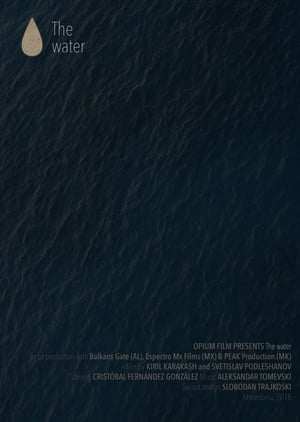 0.0
0.0The Water(es)
The water is a metaphorical view of life in the drought of the people living in Pustec by Prespa Lake.
 0.0
0.0Easter Customs(mk)
Traditions during Easter holidays in the remote village of Grešnica. The film was a research project of the newly opened Ethnological Museum to preserve the disappearing customs at least on film for future generations.
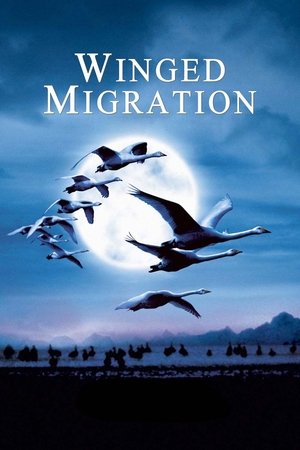 7.6
7.6Winged Migration(fr)
This documentary follows various migratory bird species on their long journeys from their summer homes to the equator and back, covering thousands of miles and navigating by the stars. These arduous treks are crucial for survival, seeking hospitable climates and food sources. Birds face numerous challenges, including crossing oceans and evading predators, illness, and injury. Although migrations are undertaken as a community, birds disperse into family units once they reach their destinations, and every continent is affected by these migrations, hosting migratory bird species at least part of the year.
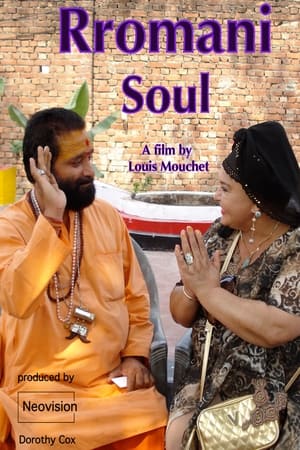 0.0
0.0Rromani Soul(en)
RROMANI SOUL traces the true origin of the Rroma people. Through rituals, song and dance we follow emblematic figure and "Queen of the Gypsies" Esma Redzepova to Macedonia, south of France and finally to India. The film reveals for the first time ever that the true and unique origin of the Rroma is Kannauj in Uttar Pradesh, India.
 5.0
5.0Winged Seduction: Birds of Paradise(en)
Tim Laman a photographer for National Geographic and ornithologist Ed Scholes have been traveling to some of the most remote jungles the world has to offer in search of observing and photographing all 39 species of tropical bird. This particular group of birds are entitled as the “Birds of Paradise” and can be found in some of the last truly wild locations of New Guinea.
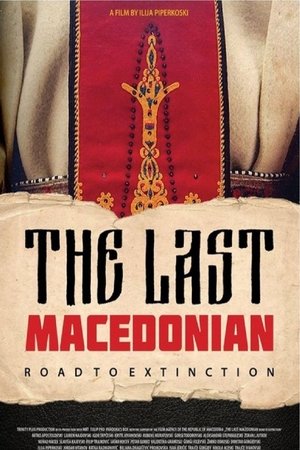 0.0
0.0The Last Macedonian - Road to Extinction(mk)
This is a documentary film about the land and people which will never restore their power of the past. A story about negations and many historical moments are enveloped in the veil of secret. Through the modern personalities and archives "The Last Macedonian from Macedonia" approaches to the truth revealing the never spoken moments and linking the past, present, but also the future. The film was shot on locations in Bitola and its surroundings.
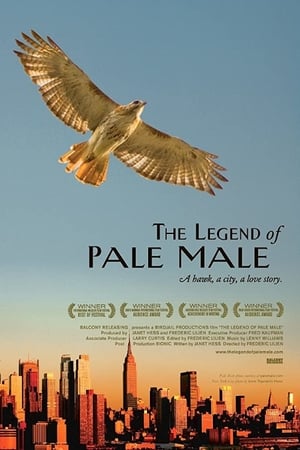 6.5
6.5The Legend of Pale Male(en)
This is the true account of one of the most surprising and remarkable love stories in the history of New York. It begins in 1993, when a young man from Belgium looking to change his life has an unexpected encounter in Central Park. He meets a hawk. Not just any hawk, but a wild Redtail, a fierce predator that has not lived in the City for almost a hundred years. Compelled to follow this extraordinary creature, he buys a video camera and sets out to track the hawk.
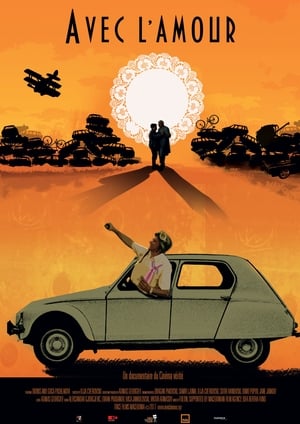 7.2
7.2Avec l'amour(mk)
A simple story, but larger than life portrayal of the universal human saga represented through Dionis, a retiring biology professor, his wife and his fantasy of turning his unusual car collection into a museum in a small uneventful town.
 6.3
6.3It's Tough to Be a Bird(en)
Part cartoon and part documentary, this film offers a humorous look at birds and the ways people perceive them.
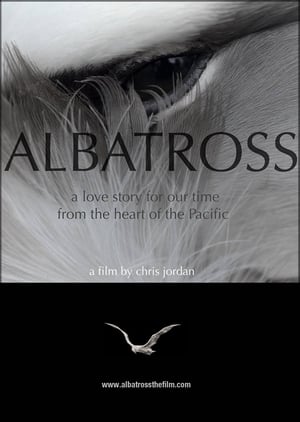 10.0
10.0Albatross(en)
A powerful visual journey into the heart of a gut-wrenching environmental tragedy, while delivering a profound message of healing and renewal.
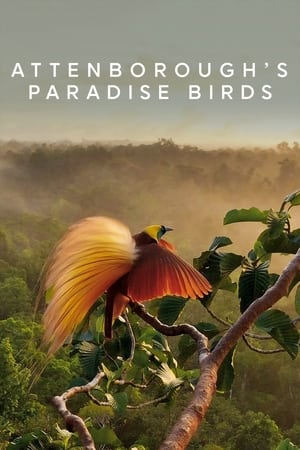 7.9
7.9Attenborough's Paradise Birds(en)
David Attenborough tells the remarkable story of how these " birds of paradise " have captivated explorers , naturalists, artists, filmmakers and even royalty.
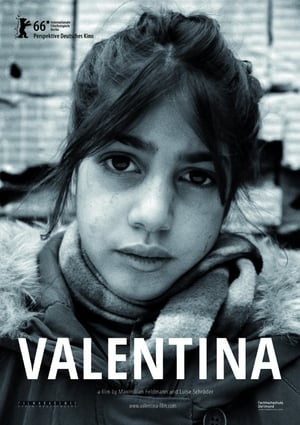 0.0
0.0Valentina(ro)
Valentina lives among her extended family in the poor quarters of a Roma neighbourhood in Skopje, Macedonia. The ten-year-old girl is a tomboy and a highly gifted storyteller. To its charismatic heroine, the film is a roaming companion. Via quirky anecdotes, surreal daydreams and painful memories, Valentina introduces us to her family.
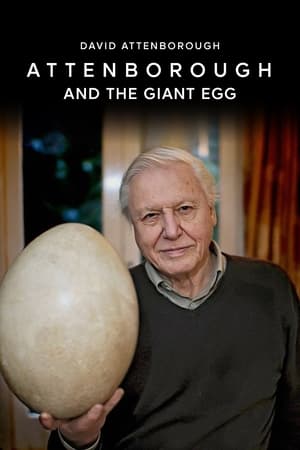 8.6
8.6Attenborough and the Giant Egg(en)
David Attenborough returns to the island of Madagascar on a very personal quest. In 1960 he visited the island to film one of his first ever wildlife series, Zoo Quest. Whilst he was there, he acquired a giant egg. It was the egg of an extinct bird known as the 'elephant bird' - the largest bird that ever lived. It has been one of his most treasured possessions ever since. Fifty years older, he now returns to the island to find out more about this amazing creature and to see how the island has changed. Could the elephant bird's fate provide lessons that may help protect Madagascar's remaining wildlife? Using Zoo Quest archive and specially shot location footage, this film follows David as he revisits scenes from his youth and meets people at the front line of wildlife protection. On his return, scientists at Oxford University are able to reveal for the first time how old David's egg actually is - and what that might tell us about the legendary elephant bird.
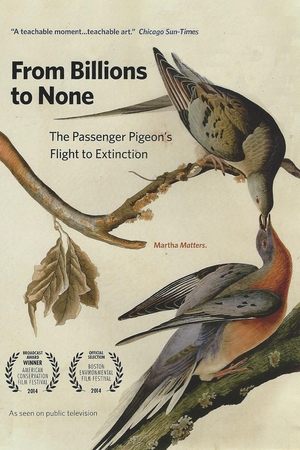 0.0
0.0From Billions to None: The Passenger Pigeon's Flight to Extinction(en)
The passenger pigeon, the most abundant bird species in North America for thousands of years, became extinct by human hands in a geologic heartbeat. Its story remains relevant to conservation challenges today, and there are even plans for its possible revival. Rare archival material, CGI animation, and aerial cinematography combine to recreate the awe-inspiring nature of these birds.
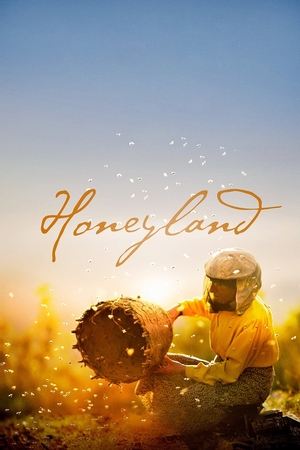 7.9
7.9Honeyland(mk)
When nomadic beekeepers break Honeyland’s basic rule (take half of the honey, but leave half to the bees), the last female beehunter in Europe must save the bees and restore natural balance.
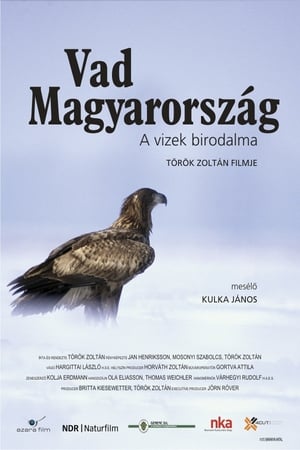 10.0
10.0Wild Hungary – A Water Wonderland(hu)
The recurring protagonists of the movie is an osprey family and a young otter. Through their story, the animals living in the wetlands of the Carpathian Basin and their rarely seen behaviour are presented. Deers, Hungarian grey cattle, asps, catfish, bee-eaters, hooded crows appear in the movie, as well as places like the backwaters of the Tisza River, the Danube and its tributaries, the Hortobágy, the Balaton and the Gemenc Forest. The movie presents one year of the animals living the wetlands and floodplain forests, from winter to next summer. A nature documentary about the lands, fauna and nature-related traditions of Hungary.
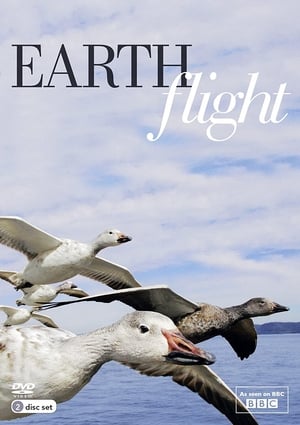 6.6
6.6Earthflight(en)
Nature documentary that takes a breathtaking flight on the wings of birds across six continents and experiences some of the world's greatest natural spectacles from a bird's-eye view.
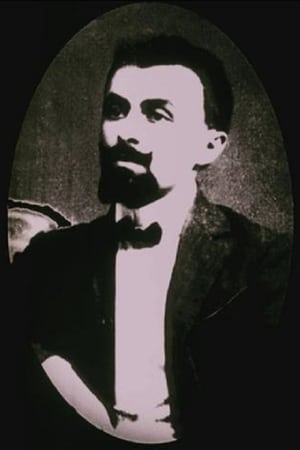 4.2
4.2Macedonia in Pictures(mk)
This film was made on the occasion of the celebration of the 20th anniversary of the Ilinden (St. Ellias Day) Rebellion. This panoramic film depicts the most significant historic figures and places situated in the Aegian, Pirin and Vardar regions.
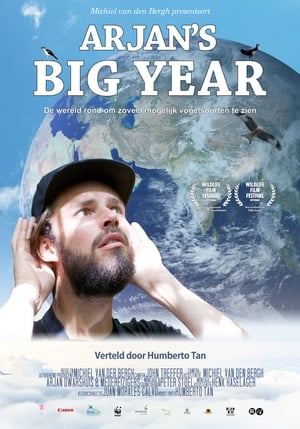 7.0
7.0Arjan's Big Year(en)
In 2016, Dutch birdwatcher Arjan Dwarshuis traveled the world to spot as many birds as possible in the span of one year, with the goal to break the big year world record (6042 species, set by Noah Strycker in 2015).
